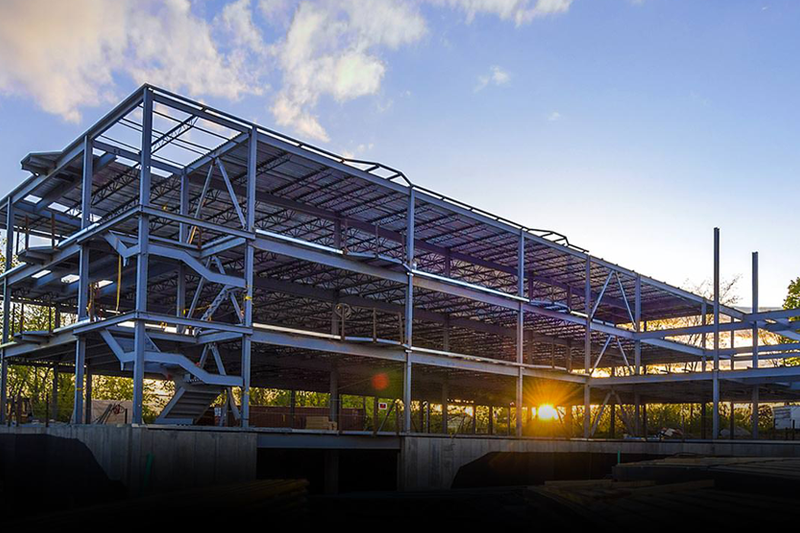Natural disasters are some of nature’s worst events that cost a lot of lives, money and property loss each year. A lot of money and resources go into building back the lost houses, buildings when these disasters hit. Obviously, the human lives lost cannot be compared to any other losses. But a lot can be done to prevent this by designing the structures to be better resistant to natural calamities. Of all the damaged structures, those made of steel survive the best, but even steel construction can use a little help to remain intact and as undamaged as possible when the nature unleashes its worst. Much of this can be mitigated by designing for safety and building with steel.
Commercial grade steel has the highest strength to weight ratio of any traditional construction material. As building codes become more stringent, steel is one of the few materials able to meet the new requirements. In addition to being the material of choice for building to withstand natural disasters, steel is also a green material that reduces the reliance on less sustainable products. Here is why steel is the best choice for construction:
- Earthquakes:
Seismic design is today a must requirement for almost all civil engineering structures. Steel is an ideally more suited material from point of view of seismic design because of its inherent material strength, stiffness, and ductility. In the event of occurrence of an earthquake, the buildings made with steel can withstand more seismic load due to the components being able to bend without cracking. - Hurricanes and Tornadoes:
Extremely high winds produce extreme uplift. Rugged roof and building design are imperative. A steel roof system with the appropriate fastener design and secondary framing that reinforces the corners and overhang of the roof panels will keep the top of the building from flying off. - Wildfires:
Steel is non-combustible. With steel wall and roof panels, sparks that reach the structure will not create a blaze nor spread flames. Using fire-resistant materials for soffits, decks and balconies further reduce the potential for fire. - Floods:
Steel comes with a protective coating to keep corrosion from moisture at bay. A steel structure that is flooded will still require the insulation, some flooring and anything else that could get mold, to be replaced as soon as possible, but the steel frame and panels will receive no lasting damage. Interior walls constructed with steel studs will only require damaged drywall to be removed instead of having to replace an entire wall frame.
Natural disasters will continue to occur and we have no control over them. The best we can do is to prepare for them well, using the strongest and most durable building material possible. Steel is the best all-around construction material available to us. It is versatile, strong, durable and sustainable. Steel construction more than meets most building codes, providing a higher margin of safety and the potential for less damage.






